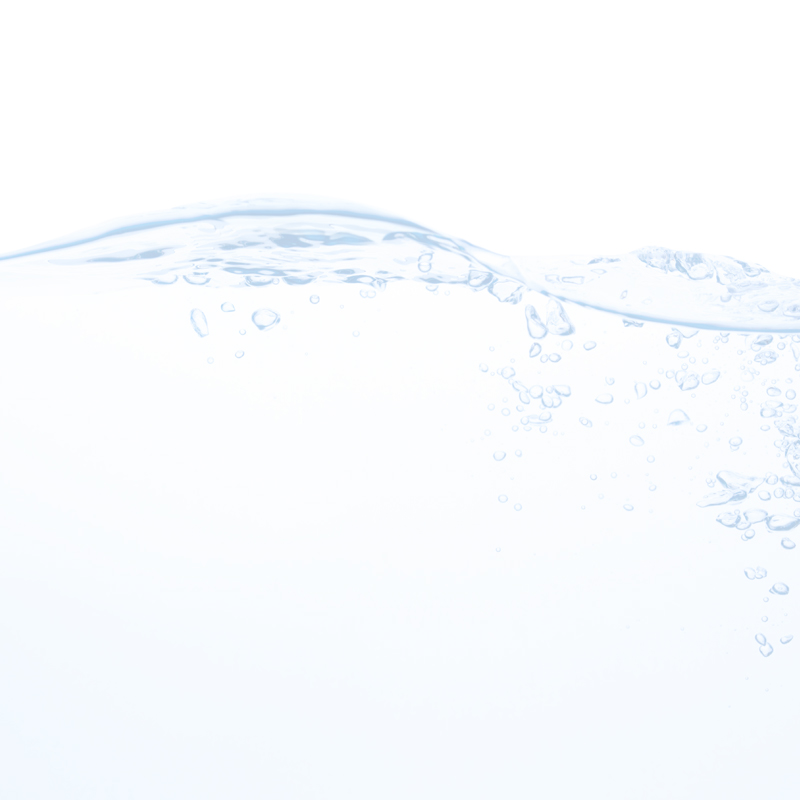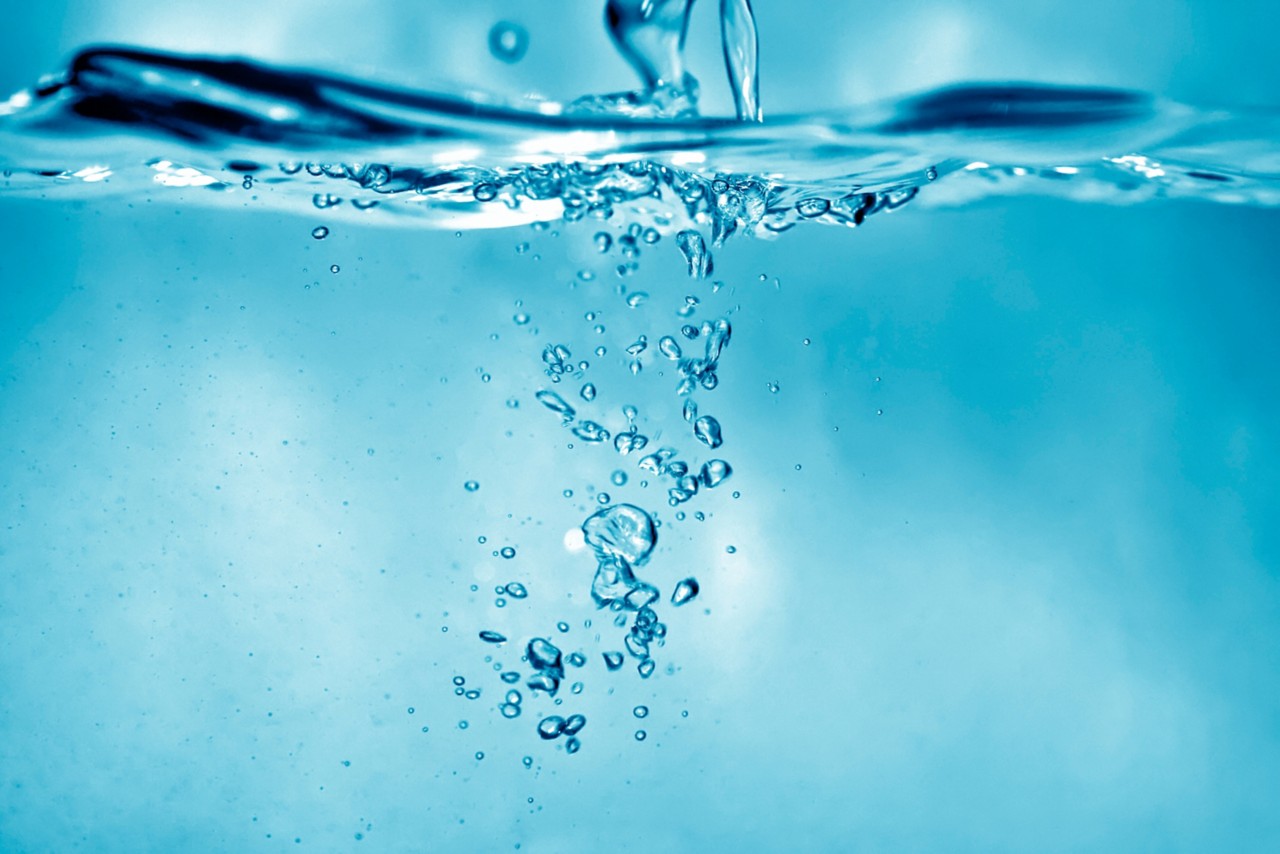Stop Wasting Water and Money. FIND A LOCAL PRO
What is Manganese?
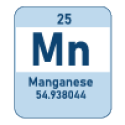
Manganese is a metallic element with an atomic number of 25 and the chemical symbol Mn. Manganese can’t be found in the natural world in its elemental form but is prevalent in mineral deposits, according to WebElements. Miners extract most manganese ores from Brazil, Australia, India, Gabon, South Africa, and Russia.
The Royal Society of Chemistry reports that manganese has a very high melting point, staying in a solid-state until heated to more than 1246 degrees Celsius.
The Thomas Jefferson National Accelerator Facility states that manganese was discovered in 1774 by Johan Gottlieb Gahn, a Swedish chemist who heated the compound pyrolusite (MnO2) using charcoal to separate manganese into its elemental form. Most modern methods require the use of heated pyrolusite to obtain manganese.
According to Encyclopedia Britannica, manganese is one of the most common elements found in the Earth’s crust, second only to iron among the transitional elements. Most people who eat natural, vegetable-based diets consume manganese as a mineral. Foods that contain a significant amount of manganese include leafy vegetables, nuts, whole grains, and teas, as reported by scientists at the Linus Pauling Institute of Oregon State University.
Manganese Uses
Manganese is an essential component of steel and iron production, per the Encyclopedia Britannica. By removing oxygen and sulfur from steel, manganese increases the metal’s malleability and allows the steel to resist damage upon high impact. According to the United States Geological Survey, up to 90% of commercial manganese use is in the steelmaking industry.
Other manganese uses reported in Live Science include: preventing the formation of hydrogen in batteries, reducing the octane rating in gasoline, and ensuring glass remains clear during production.
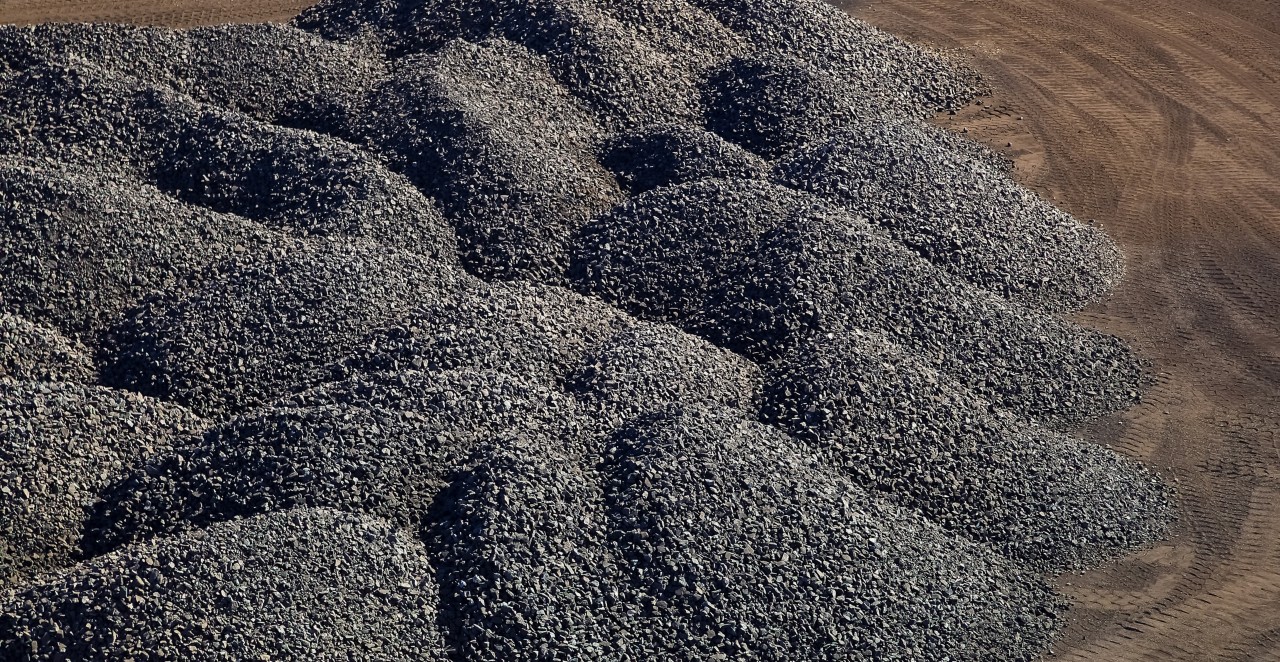
We are water Experts
Water quality is non-negotiable. To prove it, we've built state-of-the-art water quality labs and filled them with the best and brightest scientists — all so we can provide you with the best water of your life.

Manganese Vs. Magnesium
Manganese and magnesium are both essential minerals, and their similar names lead to many people getting the two confused. They both can accumulate in drinking water, and there are different methods to treat them.
Magnesium benefits human health in multiple ways. According to Healthline, magnesium plays a role in the bodily processes of energy creation, gene maintenance, and protein formation. Magnesium is a “hardness” mineral that contributes to hard water while being healthy for human consumption. You can learn more about how magnesium and calcium affect your water, and how you can treat hard water, at our water softeners education page.
Manganese, on the other hand, is a mineral more closely connected to iron than calcium. Keep reading to learn how manganese can get into drinking water and what it can do.
How Does Manganese Get Into Water?
Manganese is naturally occurring, along with other metallic elements, in areas with mineral deposits. The Water Quality Association (WQA) attests that manganese is more concentrated in groundwater than surface water. Manganese can exist in municipal water supplies and in private wells utilizing groundwater that has been in contact with minerals. The WQA also notes that industrial and mining activities can facilitate the release of manganese into local water supplies.
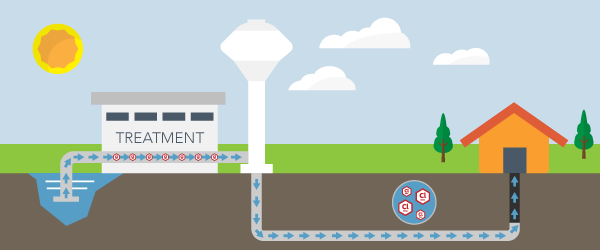
Manganese is not often found alone in water supplies - as we discussed above, manganese mostly appears as an alloy. According to the Pennsylvania State University’s College of Agricultural Sciences, iron and manganese often occur together in affected drinking water. Many water tests and treatment solutions filter both manganese and iron simultaneously.
Manganese causes unwanted aesthetic problems. According to the WQA, when your water contains high iron and manganese levels, it takes on a bitter metallic taste. Water contaminated with manganese and iron can appear brown or even black as it interacts with oxygen. Manganese in drinking water also stains plumbing and appliances.
How to Test Your Water for Manganese
If you get your drinking water from a private well, you must be proactive and test the water yourself since the Environmental Protection Agency (EPA) doesn’t regulate private well water. According to the Groundwater Foundation, domestic wells should be tested at least once a year.
Homeowners who live near mines or areas with high concentrations of minerals may want to test their water and check the yearly water quality report. A metallic taste and a brown or red hue are signs that you should test your water for manganese.
There are multiple testing options if you’re concerned about the possibility of manganese in your drinking water. You can contact your city or county health department to request a free test for your well water. If these services are not available in your area, we recommend our water testing. This affordable water test will measure the levels of manganese and total iron in your drinking water.
After reading your water quality analysis report, it’s best to contact the lab that conducted the testing if you have any questions. Test your water for manganese and iron today with a water test kit from Pentair Water Solutions partners.
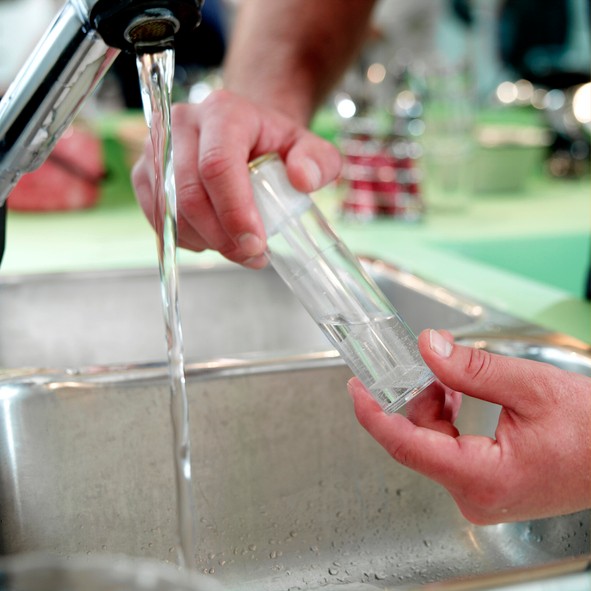
What's in your water?
start here
Worried about your water? Take control with our at-home water test kit. We'll analyze your water and recommend the best filtration or softening solution for your specific needs.
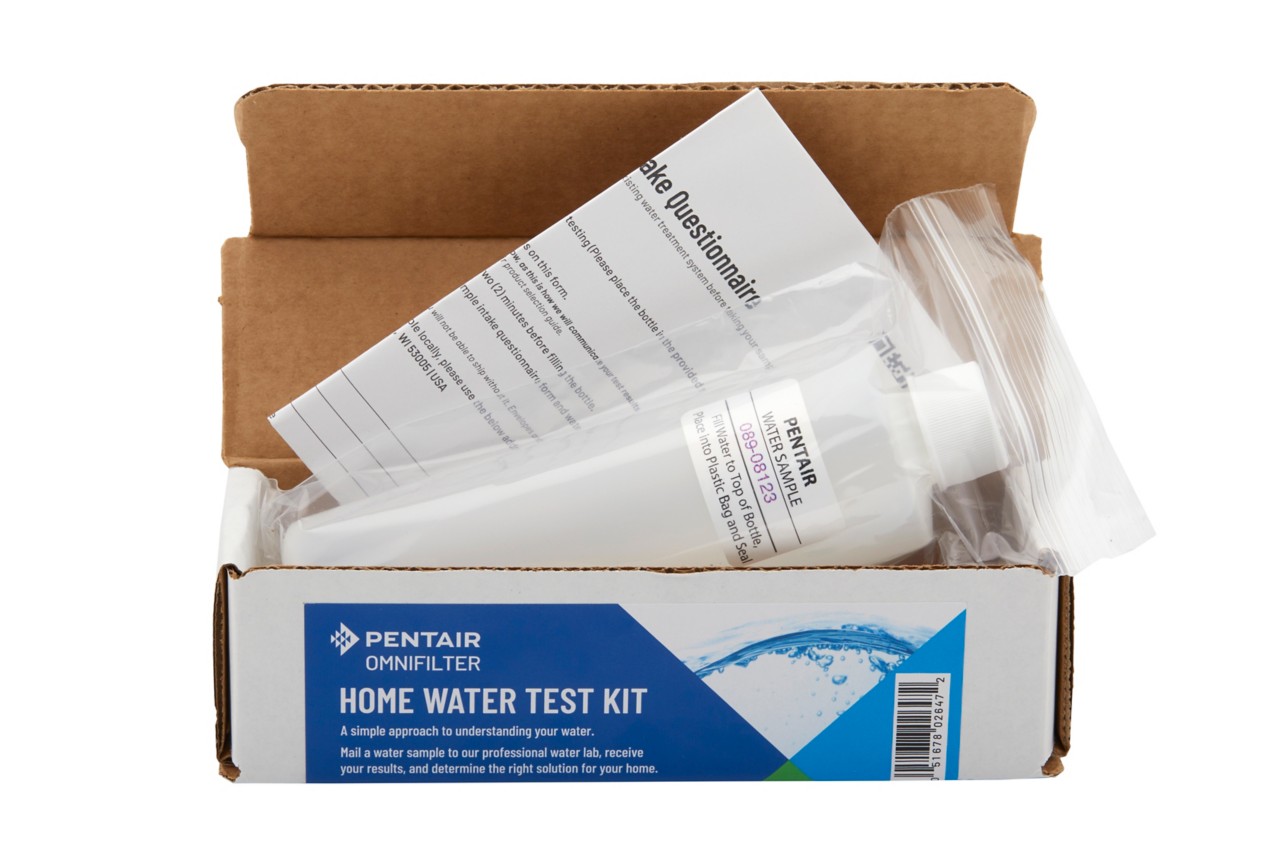
How to Reduce Manganese in Drinking Water
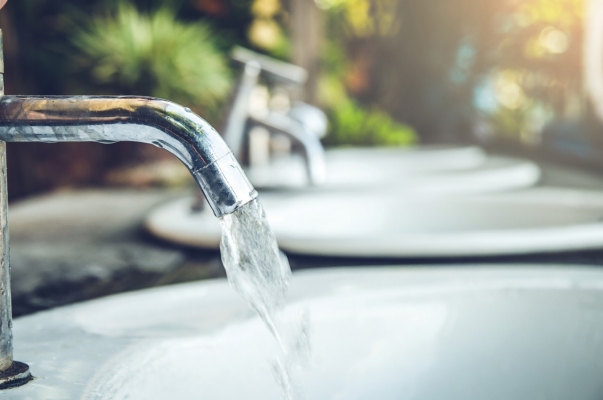
Are you wondering how to reduce manganese from your water? The EPA recommends that the level of manganese in your drinking water not exceed 0.05 milligrams per liter. Above this level, manganese and iron could cause aesthetic problems, including staining and improper taste to your drinking water.
The College of Agricultural Sciences at Pennsylvania State University recommends a point-of-entry (POE) water treatment solution to reduce manganese before drinking water enters the home. According to the WQA, methods that have proven effective at reducing manganese levels in water include water softening, reverse osmosis, and iron and manganese filtration systems. Once you conduct a water test in your home, you will be able to make an informed decision for your home manganese reduction.
Water Filters to Address Manganese
Installing a water filter can help treat aesthetic problems associated with manganese.
- FreshPoint 5-Stage Undercounter Reverse Osmosis System: This five-stage reverse osmosis system is certified to reduce 80% or more of 60+ contaminants.

Water 101
Unleash the secrets of your H2O! Explore where water originates and discover the various water filtration solutions that transform it into drinkable water.

